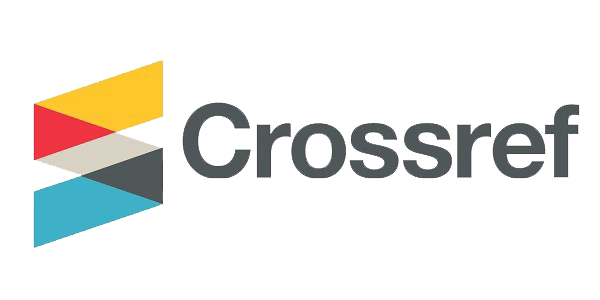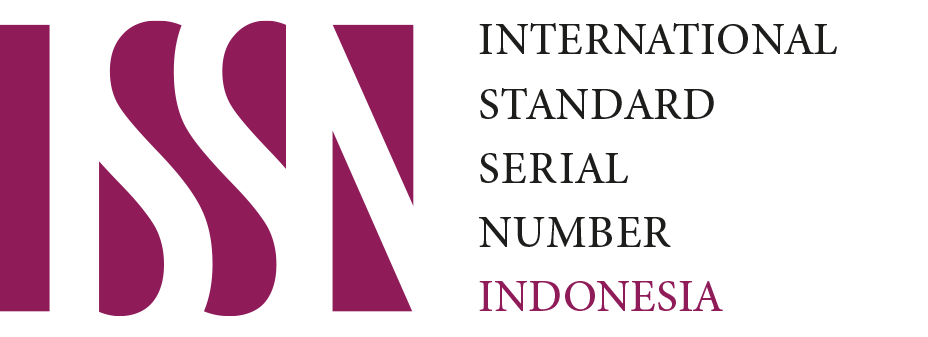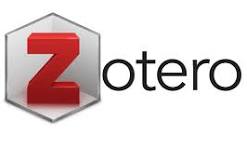Author Guidelines
Journal of Community Innovation is a journal published by LP2M Widyatama University. This community service journal provides a forum for academics, practitioners, and community representatives to advance theory and practice related to innovative endeavors; critical issues in society; regional trends; opportunities that arise in society; the impact of studies in the field of public services; community-based participatory research; action research and community service learning.
PREPARATION OF MANUSCRIPTS
Jurnal Inovasi Masyarakat (JIM) considers all on the condition that the manuscript is original work and does not duplicate any other previously published work, including the author's own work. The manuscript has been submitted only to Jurnal Inovasi Masyarakat. Manuscript submissions must follow the specified requirement of our journal.
SUBMISSION CHECKLIST
As part of the submission process, authors are required to check off their submission's compliance with all the following items, and submissions may be returned to authors that do not adhere to these guidelines.
- The manuscripts submission is original work and has not been previously published.
- The manuscript should not be under consideration or accepted for publication elsewhere.
- The manuscript must comply with the journal's aims and scope and publication ethics.
- The manuscript must write in good English and the manuscripts have been grammar checked.
- The submission file is in OpenOffice, Microsoft Word, RTF, or WordPerfect document file format.
- The structure and format of the manuscript must comply with the manuscript requirements outlined in the Author Guidelines.
- All references mentioned in the Reference list are cited in the text, and vice versa. References are in the correct format for this journal. Where available, URLs for the references have been provided.
MANUSCRIPT STRUCTURE
The following standard headings should be used in this journal based on most research papers' common structures.
Tittle
The title summarizes the main ideas of your research. A good title contains a few words to adequately describe the main content and main purpose of your research paper. The title must be simple, direct, accurate, appropriate, specific, functional, concise/brief, unambiguous, informative, unique, and it should not be misleading.
Abstract
An abstract summarizes the major aspects of the entire paper in a prescribed sequence. It should reflect the contents of the main text of the paper accurately, highlight the selling point of the manuscript, and succeed in luring the reader to read the complete. The main part of an abstract is the purpose of the study, the methodology design of the study, major findings or trends found as a result of your analysis, and the originality which allows your research to be distinct from the existing literature. The supporting part of an abstract in a research limitation for further research to cover, a brief summary of the practical and social implications of your research.
Introduction
The introduction should outline the aims of your paper, as well as describe why the topic is important and what it contributes to the body of knowledge. It establishes the scope, context, and significance of the research being conducted by summarizing current understanding and background information about the topic, stating the purpose of the work in the form of the research problem supported by a hypothesis or a set of questions, explaining briefly the methodological approach used to examine the research problem, highlighting the potential outcomes your study can reveal, and outlining the remaining structure and organization of the paper.
Literature Review
The literature review provides an analysis and generalization of relevant works (papers, monographs, reports, theses, etc.), which describe the essence of the problem and/or give an understanding of the previous efforts to solve it. The Literature Review should comply with the aim of the research (“fitness for purpose”) and represent the results of a critical analysis of the analytical base for testing the research hypothesis. The literature review must not be limited only by works, which were published in the country where the author lives and works (the problem should be studied globally). Particularly it concerns the authors from non-English speaking countries (they are recommended to thoroughly analyze the works published in English).
Implementation Methods
The research methods section describes the main stages and procedures of the research to investigate a research problem and the rationale for the application of specific procedures or techniques used to identify, select, process, and analyze information applied to understand the main problem of the research. In detail, research methods must be explaining the methods used, the influences that determined your approach, and why you chose samples, etc. This section must focus on answers about collected or generated data, and the process to analyze data with the relevant analytical tools. The writing should be direct and precise and always written in the past tense.
Result and Discussion
The result and discussion section are the main part of the author's contribution to the research by providing a report in the form of an explanation of the findings of the research-based upon the methodology you applied to gather information. The results section should state the findings of the research arranged in a logical sequence without bias or interpretation. A section describing results is particularly necessary if your paper includes data generated from your own research. The purpose of the discussion is to interpret and describe the significant findings of the research considering what was already known about the research problem being investigated and to explain any new understanding or insights that emerged as a result of the research process to answer of the problem. The discussion will always connect to the introduction by way of the research questions or hypotheses you posed and the literature you reviewed.
Conclusion
The conclusion should summarize the main state of the findings at the point of writing and consider the next steps. This section also the synthesis key points of the result and, if applicable recommend new areas for future research.
Appendices
An appendix contains supplementary material which is important to the understanding of your paper, and may be helpful in providing a more comprehensive understanding of the research problem or it is information that is not included in the body of the paper.










